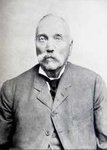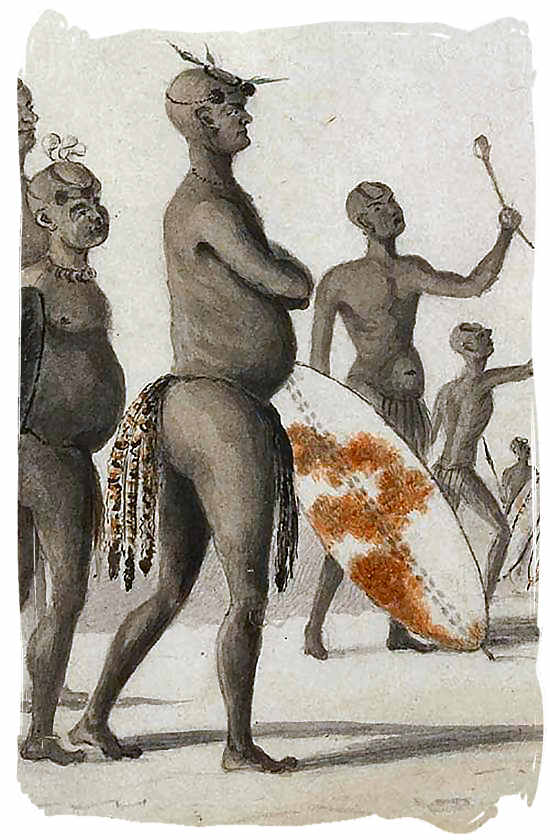Pretoria’s founder – a man by the name of Marthinus Wessels Pretorius - arrived in Pretoria in 1848 [i]. At the time of his arrival, King Mzilikazi and the southern Ndebele peoples (referred to as Amatebele) had been living in Pretoria for more than 20 years [ii]. Mzilikazi was a Southern African King who founded the Matebele kingdom, Matebeleland in what became Rhodesia (now Zimbabwe). [iii]
In 1854 and 1855 MW Pretorius bought two farms, the Elandspoort and Koedoespoort [iv]. His aim was to establish a new town for the new state of the Transvaal. [v] By end of 1855, the two farms were officially declared as a town which became known as Pretoria. [vi]
 Former ZAR’s President Marthinus Wessel Pretorius Image source
Former ZAR’s President Marthinus Wessel Pretorius Image source
MW Pretorius named the town after his father; Andries Wilhelmus Jacobus Pretorius, who was a leader of the Voortrekkers (descendants of the Dutch who migrated to South Africa in the 1830s) [vii] and also led the Battle of Blood River against Dingane and the Zulu kingdom [viii]. In 1852, Andries Pretorius led the negotiations of the Sand River Convention. These negotiations were fruitful for the Boers because the British finally recognised the independence of the Boer-populated Transvaal (former province of the South African Republic between 1910 and 1994 in the area that is today north east of South Africa). In 1860, Pretoria became the Capital city of Transvaal, superseding Potchefstroom in this role [ix].
 King Mzilikazi Image source
King Mzilikazi Image source
During the First Anglo-Boer War, Pretoria was besieged twice. The first time was in December 1880, and the second time was in March 1881 [x]. However, on 3 August 1881 the peace convention with the British was signed in the city [xi]. This agreement led to the South African Republic regaining self-government under the leadership of British.
On 5 June 1900, during the Second Anglo-Boer War, Field Marshall Roberts, leader of the British force, took over the capital city [xii]. However, his intention to capture the capital was disrupted by the war which continued for almost another two years. On 31 May 1902, the final treaty, the Peace of Veneering, was signed in Pretoria [xiii]. This treaty ended the Second Anglo-Boer War, where the Afrikaans republics such as the Transvaal (today largely occupied by Gauteng) and the Orange Free State surrounded to the British [xiv].
The city only received its city status in 1931, and, since 1994 Pretoria has been the administrative capital of South Africa [xv].
Endnotes
[i] Wright, E. (ed.). 2015. Oxford dictionary of world history. United Kingdom: oxford Press. page 536 ↵
[ii] Nathan, M. 1937. The Voortrekkers of South Africa. Gordon & Gotch Publishers. Page 351 ↵
[iii] Ibid ↵
[iv] Martins, C. 2015. Fire & Ashes-Iron & clay. Page 221. ↵
[v] Ibid ↵
[vi] Ibid ↵
[vii] Ibid ↵
[viii] Ibid ↵
[ix] Wolff, A. (ed.). 2006. Britannica concise Encyclopaedia. Encyclopaedia Britannica Inc. ↵
[x] Horn, B.2012. Doing Canada Proud, the Second Boer War Battle of Paardebrg. Canada: Library Archives Canada Cataloguing in Publication. Page 76 ↵
[xi] Ibid ↵
[xii] Ibid ↵
[xiii] Ibid ↵
[xiv] Ibid ↵
[xv] Horn, B.2012. Doing Canada Proud, the Second Boer War Battle of Paardebrg. Canada: Library Archives Canada Cataloguing in Publication. Page 76 ↵

